TERRA TRIBUTA

Menu
ABONNEZ-VOUS
A L'INFOLETTRE
A L'INFOLETTRE
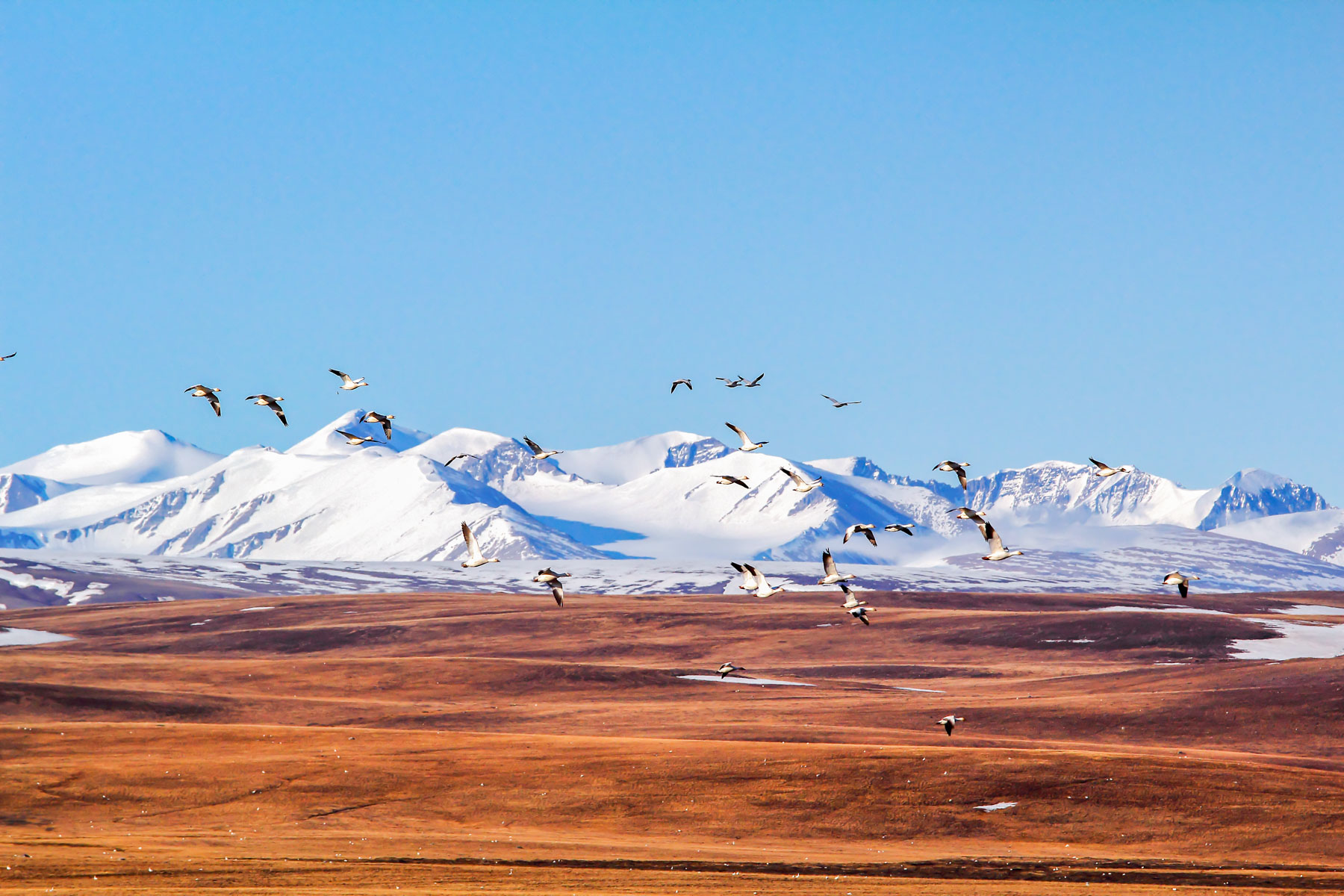
However I got here, just 1500 km from the North Pole, my mission for the next few days is to follow a scientific team and to document the local biodiversity with my journalist friend Anne Pelouas. We’ve just arrived in the heart of Sirmilik National Park, in the migratory bird sanctuary of Bylot Island. I’m in photographer’s paradise!
As we flew over this island the size of Jamaica, we were amazed by the beauty of the scenery in this kingdom of mountains and glaciers as far as the eye can see. South of the island is large, relatively flat regions covered with a wide variety of vegetation. This high arctic tundra is the nesting ground for the Greater Snow Goose.
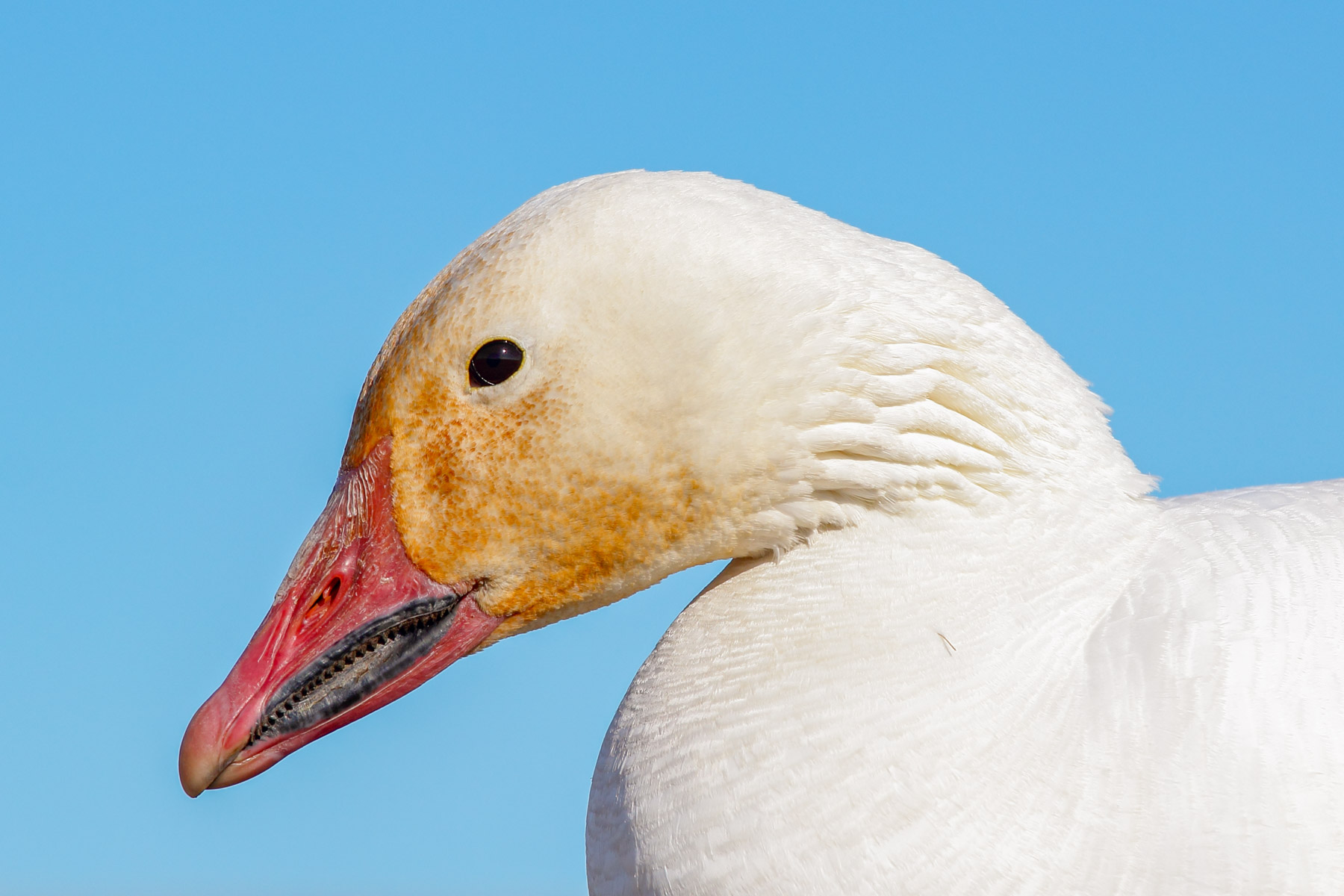
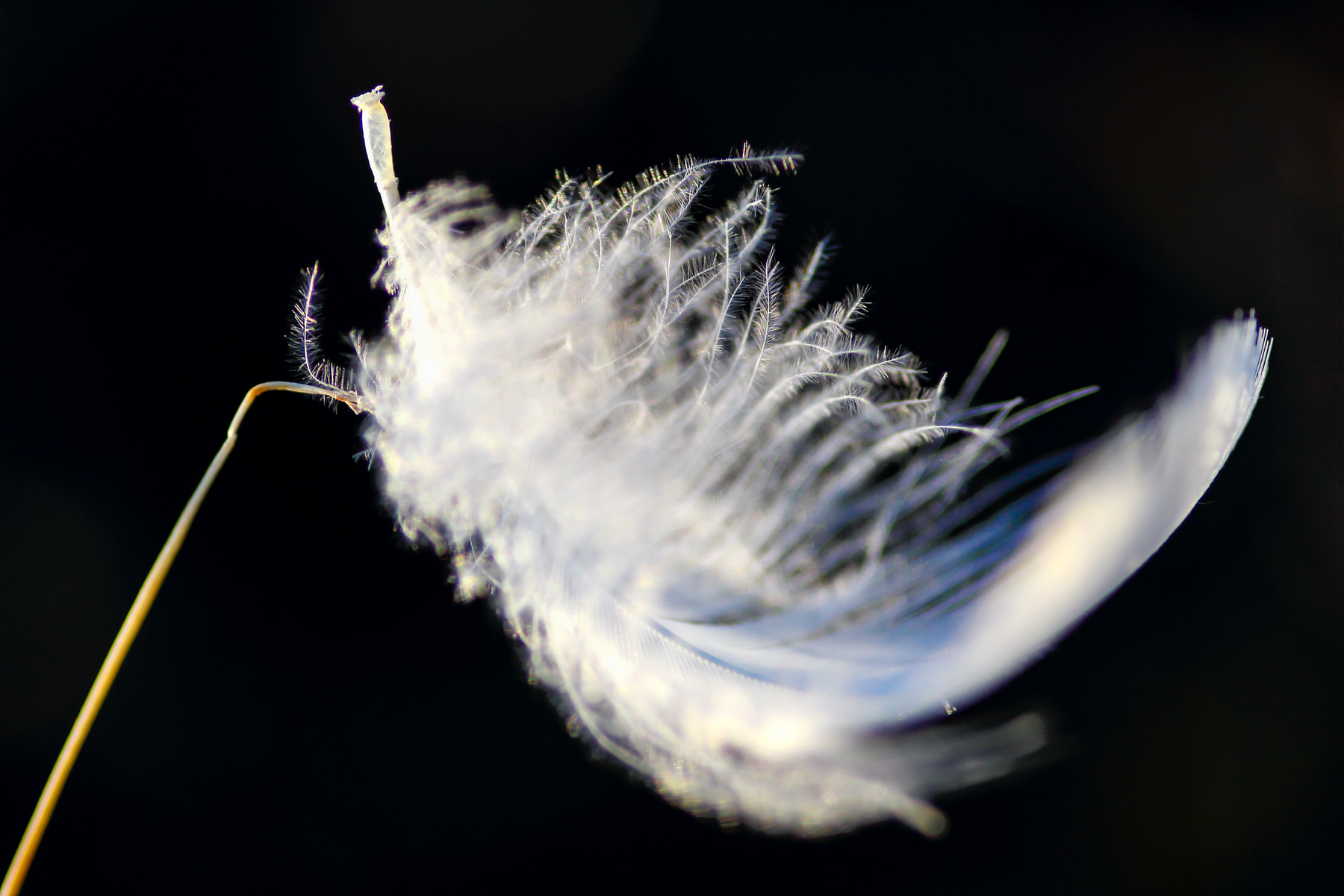
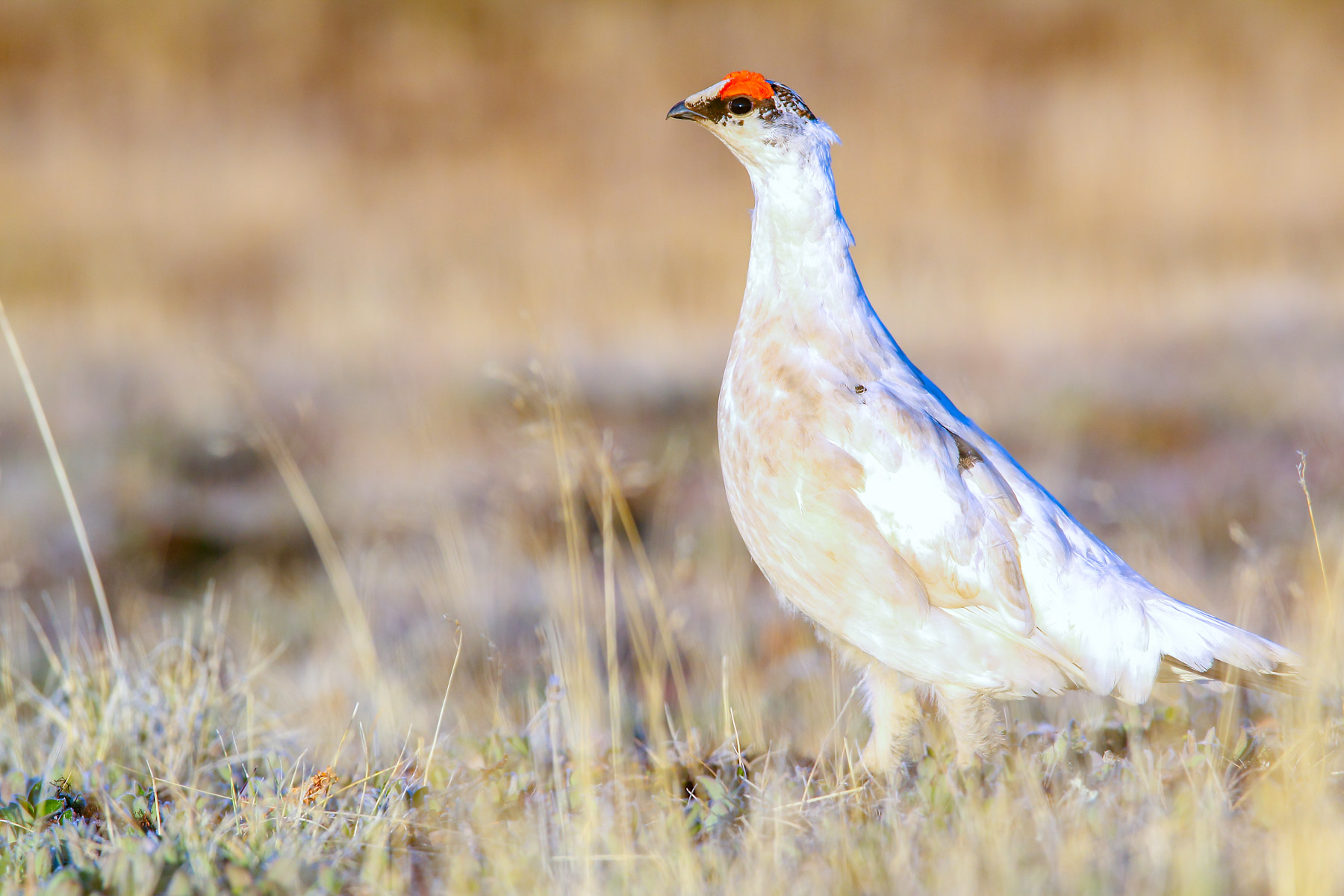
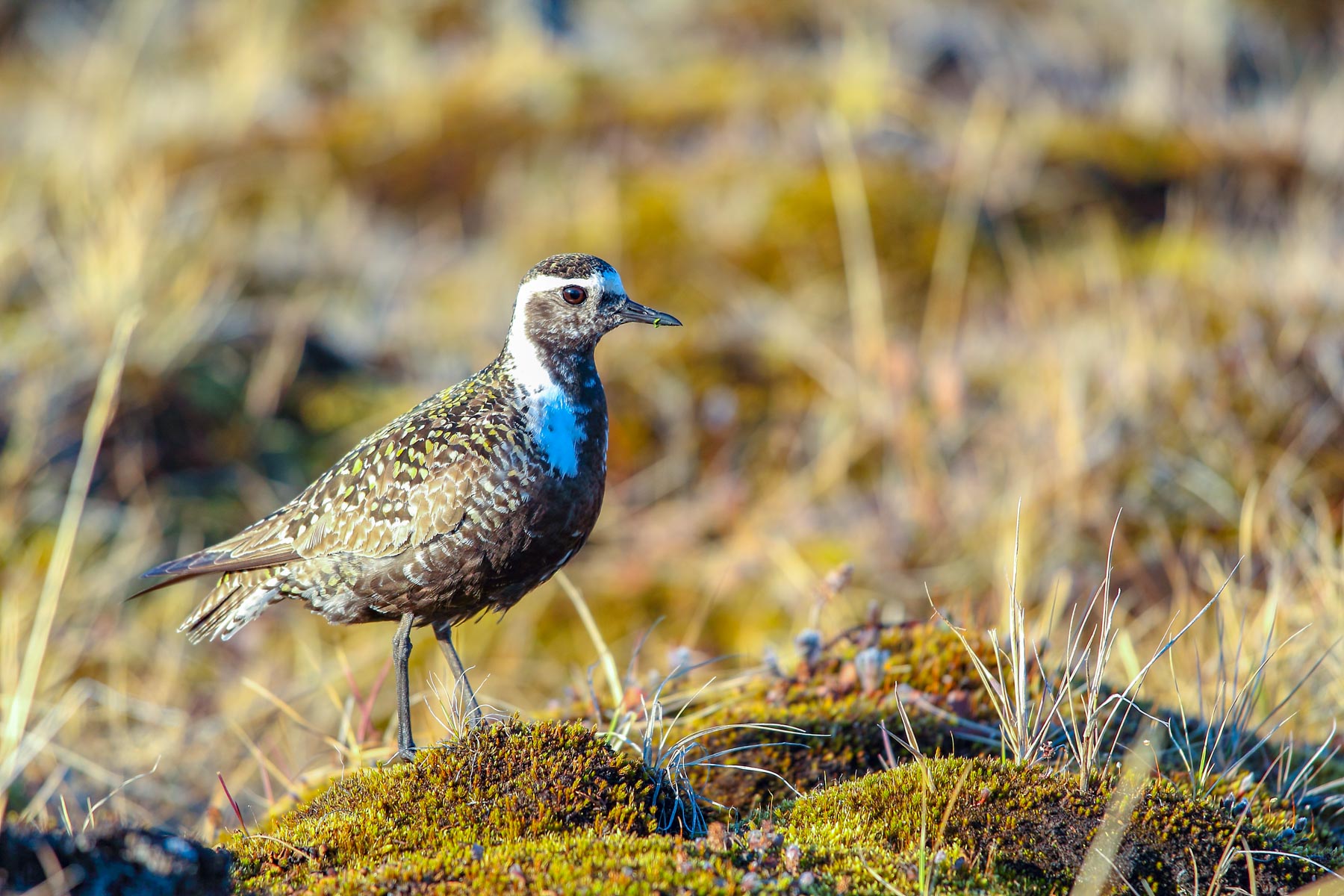
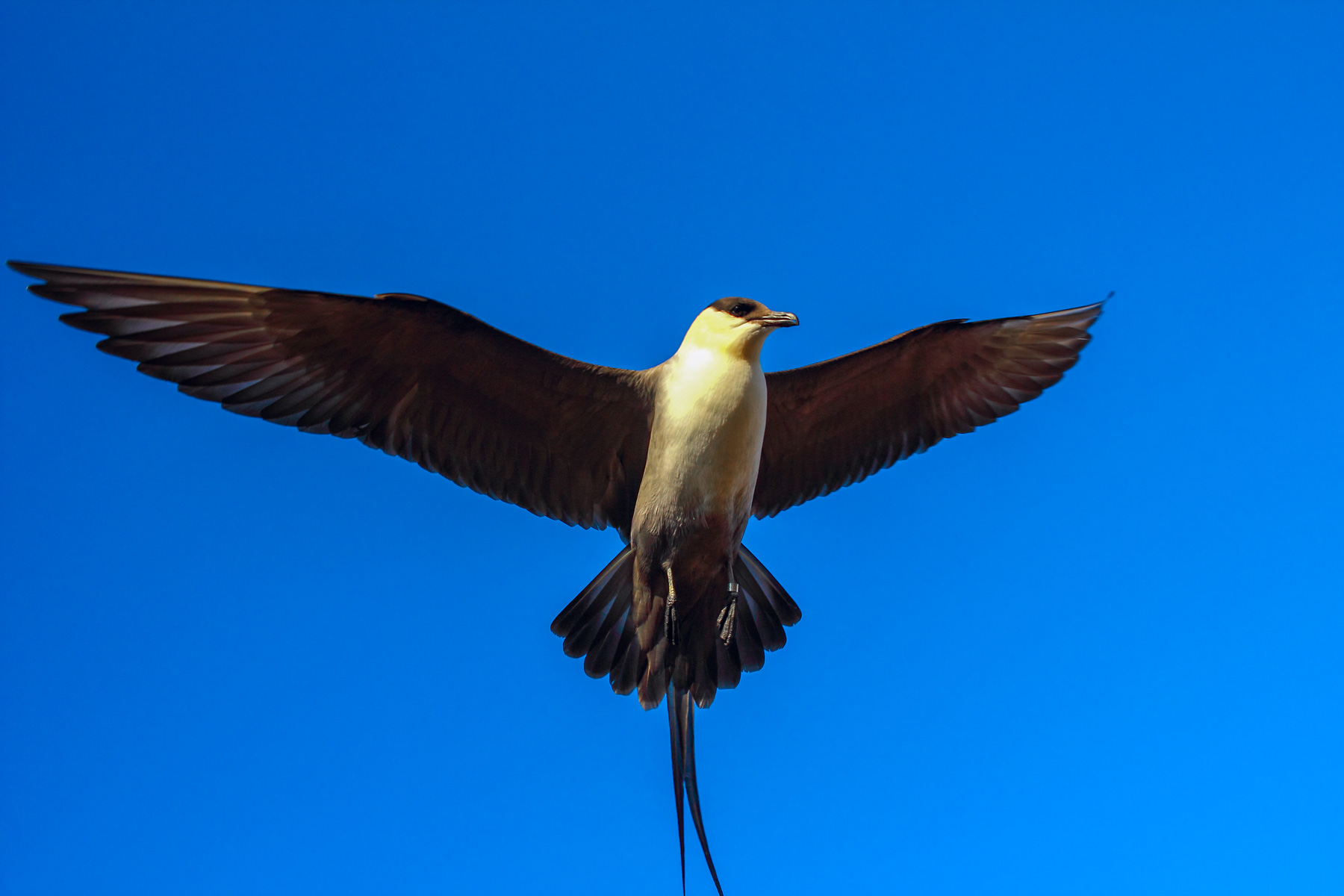
On Bylot Island, it’s not just birds, scientists and Inuit. Several people have already spotted polar bears. For security reasons, our camp is surrounded by a high electric fence. Outside this shelter, as the land here remains relatively flat and the sun shines constantly during the summer, it’s easy to spot a gigantic ball of white fur from a distance…
This function has been disabled for .